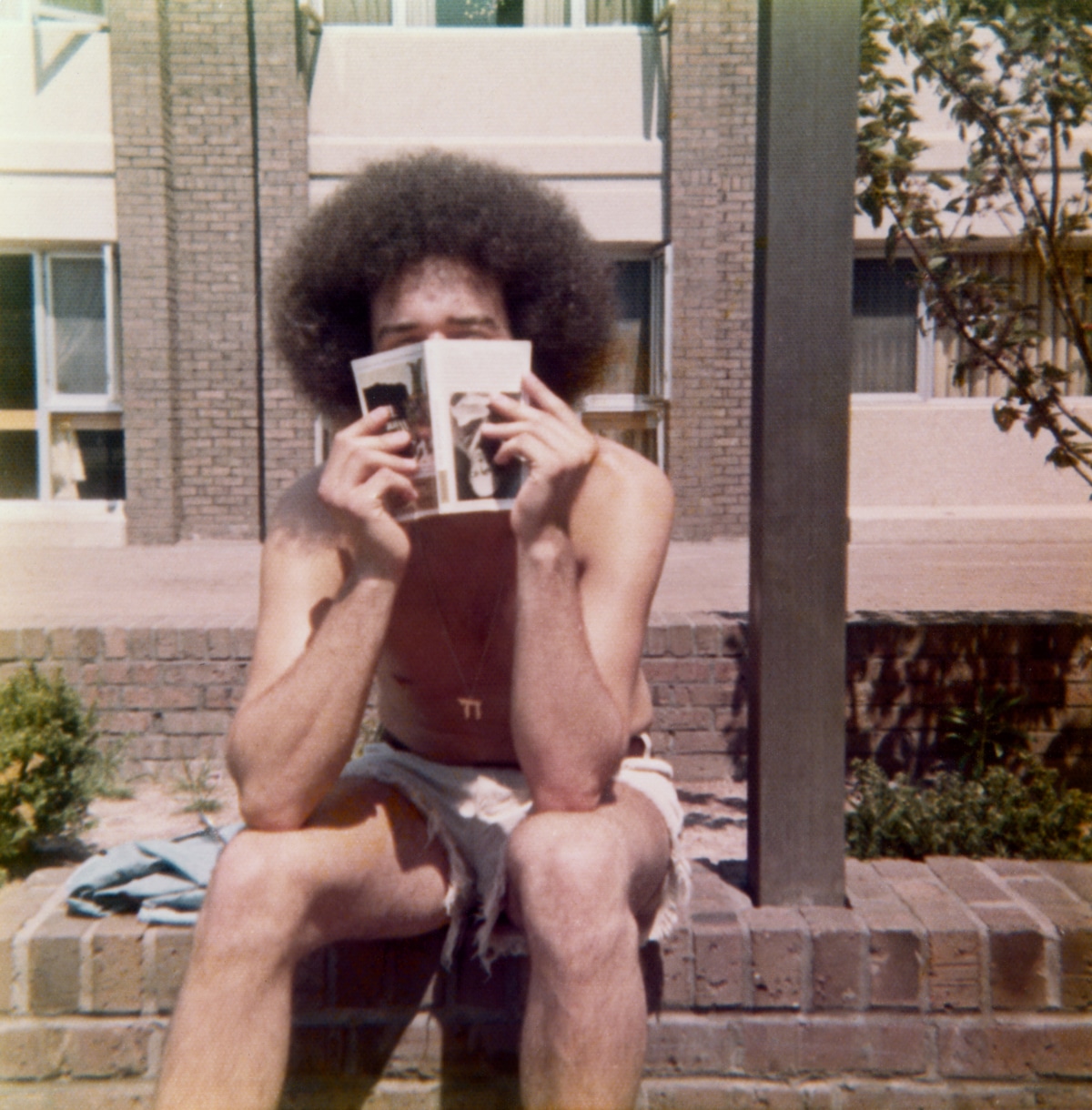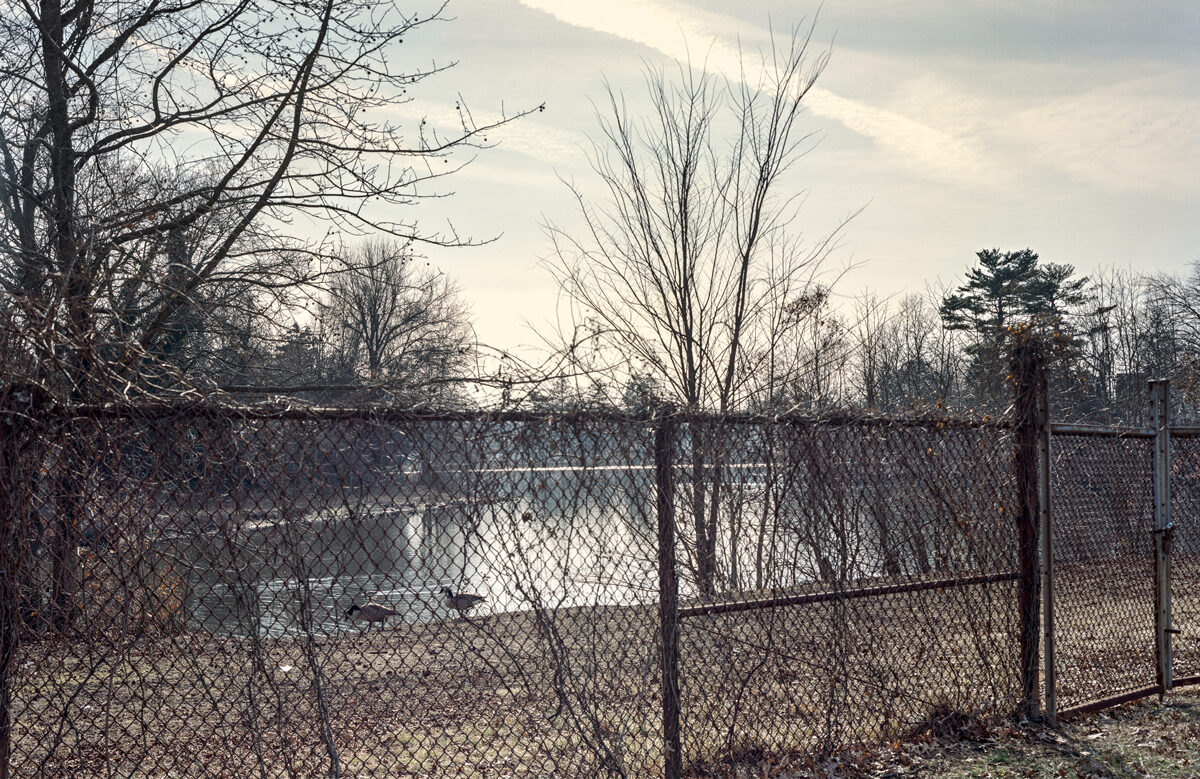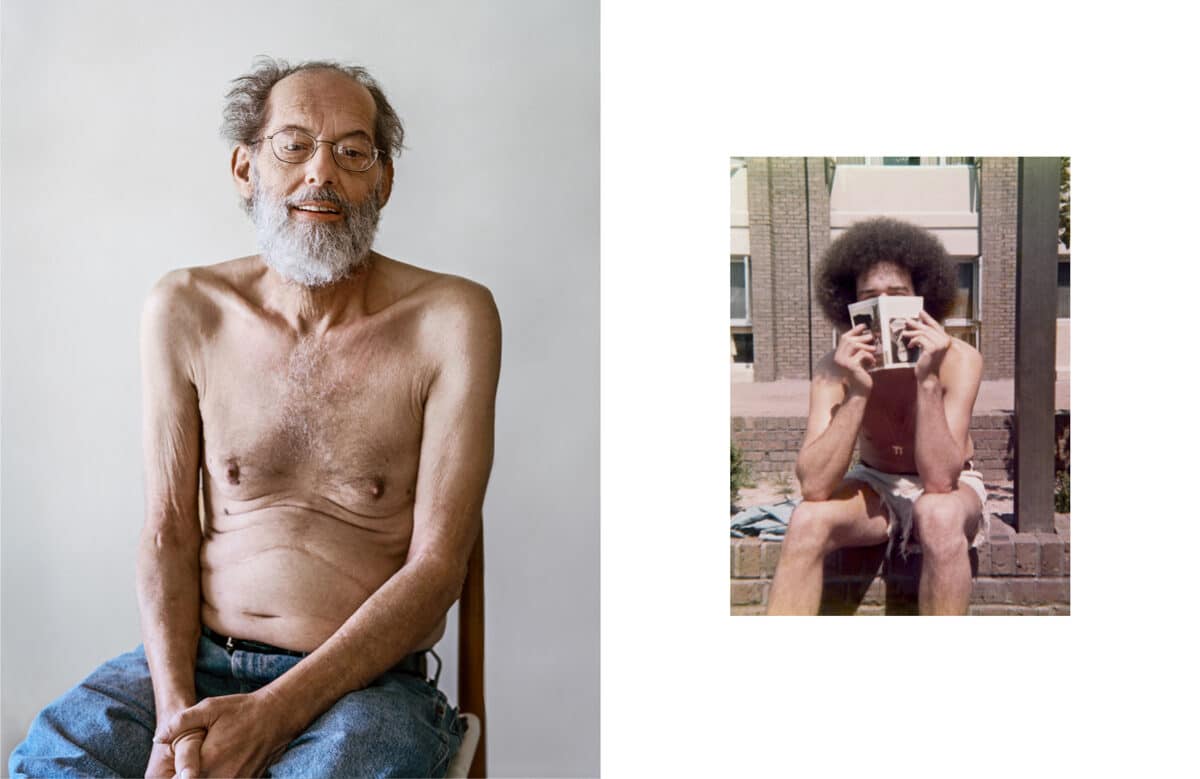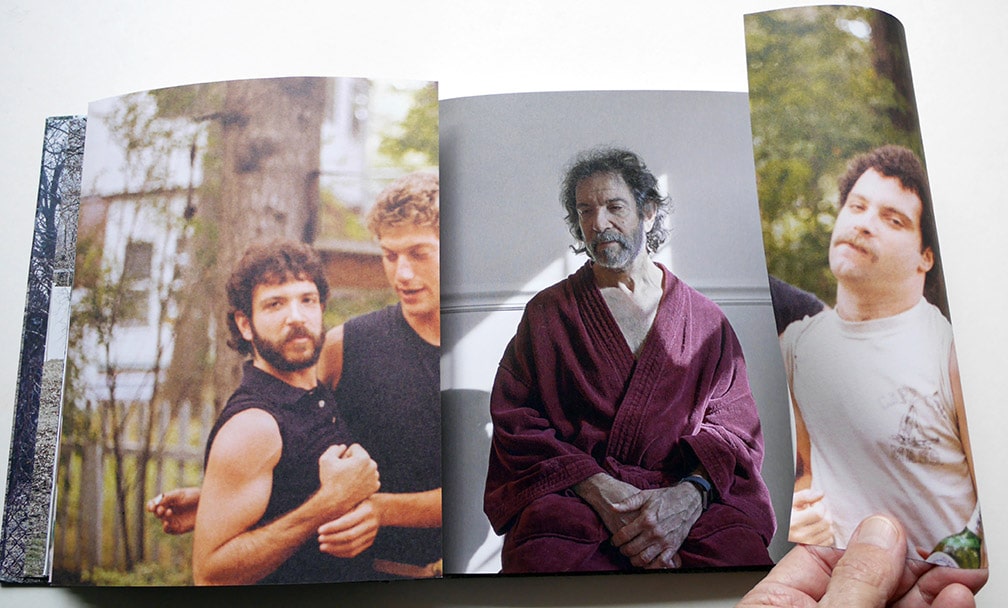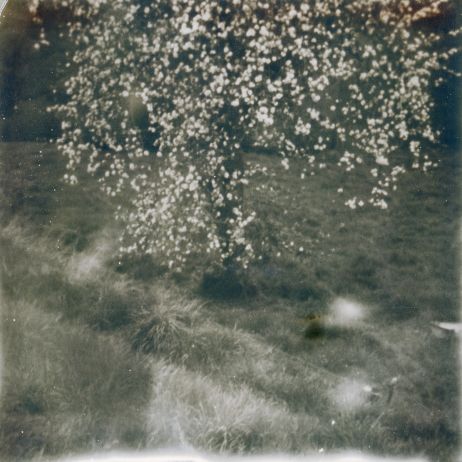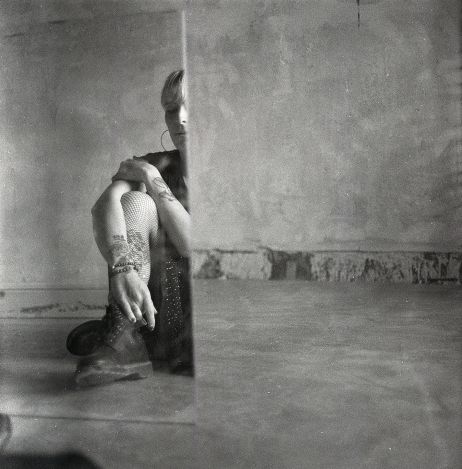In a moving body of work, The Boys, the American photographer and writer Rick Schatzberg tells the story of male friendship. The friendship shared by a group of twelve buddies who have known each other since the 1950s. The artist addresses the issues of friendship, as well as old age. An invitation to mindfully reflect on the passage of time.
Spring 2017, Jon died of an overdose. Nine months earlier, Eddie had a heart attack. A sad wake-up call for Rick Schatzberg, a writer and photographer living between Brooklyn and Norfolk, USA. In the wake of these events, he began a poignant essay on his Boys. “I realised how little I had been in touch with them in recent years. So I decided to photograph the remaining friends in the group.” Among the twelve of them are Jon, Eddie, Ken, Jay, David, Michael, Fred, Bruce… All have known each other since childhood. And they all grew up in the heart of a typical mid-twentieth century American suburb. “We come from nowhere. A place with no history, at least not one that my friends and I can explain. As part of the first generation born in post-war Long Island, we grew up in developments of look-alike homes in grids – automobile suburbs segregated by income, race, and religion,” the photographer recalls. There was no town centre and no place to meet up, so teenagers gathered in bedrooms or basements to smoke pot and listen to music. This is how the camaraderie was born. As the years go by, the bonds remain and grow stronger. “We know each other’s flaws and limits”, he adds. Yet they love each other “unconditionally”, as his poignant photographs illustrate. “The art of portraiture interests me because it shows an emotional sincerity in both the model and the photographer,” adds Rick Schatzberg. There’s no need to establish artistic orientations, the reunion of friends dictates the photoshoot. Friends who became collaborators and then critics… All participated in this nostalgic reflection. Albums of friends for some and collection of testimonies of passing time for others, The Boys offers, undoubtedly, a multiplicity of readings.
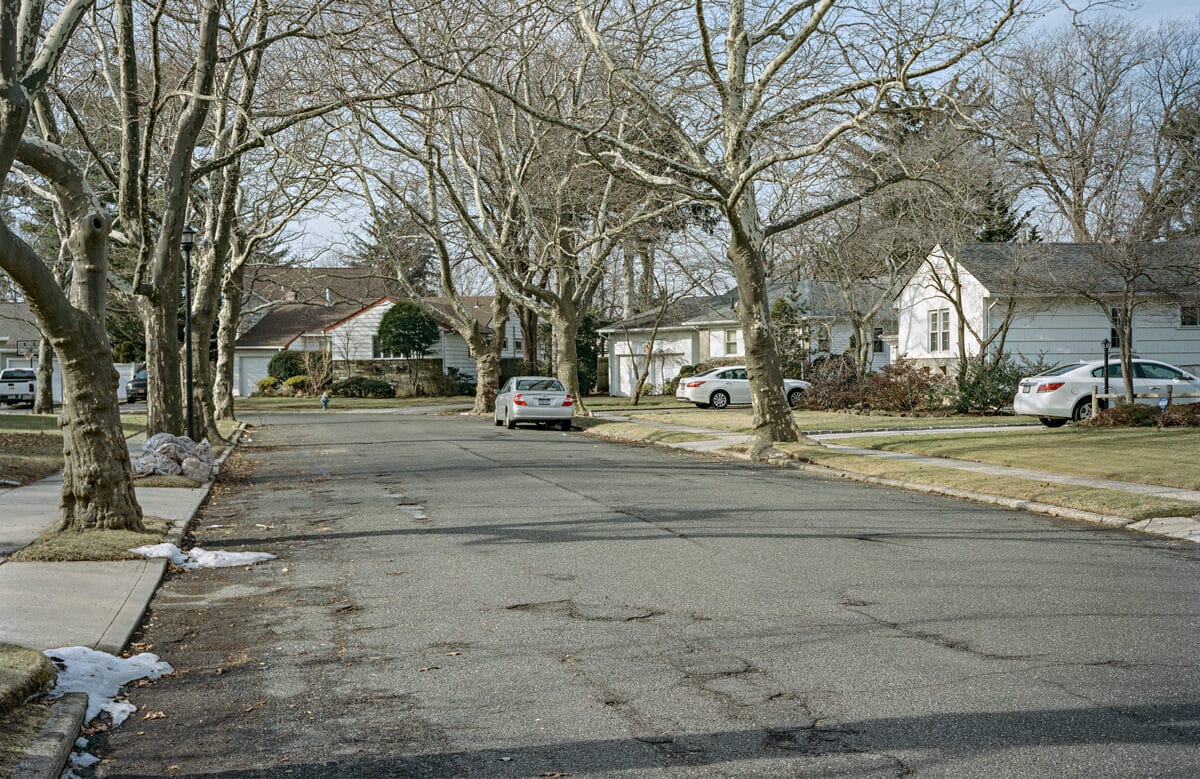
Boys don’t cry
“It was not just to honour their memory, or to create a souvenir, but to take a sincere look at ageing and mortality (…). They understood that I was going to make unheroic and potentially unflattering portraits of them,”
says the artist, who made his accomplices drop their guard. As we look through his book, we discover aging bodies, often hidden from the spotlight (the controversy that arose following Corinne Masiero’s nude appearance at the 2021 César Awards ceremony demonstrates the disgust they provoke in the public space). Rick Schatzberg’s loyal friends are thus left defenceless in the face of time. “No matter how well we know it, it’s still humiliating, even embarrassing. Although you are often surrounded by family and friends, the hard truth is that you face old age alone,” says the artist. The editorial choices accentuate this feeling of isolation: portraits are hidden within the crease of double pages. “The reader opens them slowly and reveals the men inside, then closes the pages and moves on. The physical opening and closing of the paper slows the viewer down and forces him to look at these bodies.” Memories playing tricks or factual ones, time passing differently as one advances in age… Rick Schatzberg gives us a glimpse of men’s interiors – in the midst of transformation. “I have photographed the preservation of our identity as we change: I have been able to observe psychological changes or states of mind that I can identify with, and which resurface in moments of unprotected introspection”. In a society where men are seen as “emotionally illiterate”, The Boys is a statement against the status-quo. Boys don’t cry states the famous song by the Cure. Here, however, the intimate and the vulnerable guide the viewer.

“Time accelerates as we age. Self-preservation becomes an occupation; the things we do to get by take more effort. To think of this as decline is correct, but only half right. My sense of wonder increases as certainties are subtracted. Theearly mornings are so still, from my couch I hear the ships moan in the Upper Bay”.
Eternal friendship
The Boys
is a story about the passing of time and the fusion of past and present. And what better way to leave a trace than with a book? “In a world saturated with images, photo books offer a way of organising this visual tsunami, while at the same time helping to make sense of life – through narrative. And the materiality of the object itself contributes to the way we can appreciate the photos”, says Rick Schatzberg, who knows of few publishing projects on the dual subjects of male friendship and old age. The Boys is also a reflection on friendship and social ties, which, pandemic or not, require a certain amount of maintenance. And photography has triggered a feeling of hyper vigilance in the artist: “The death of a friend brings you back to life in such a way that the past seems like sleepwalking. I am instantly aware of what matters. More a reminder than a revelation, but no less than a punch”. And the more personal, the more universal it is. “I’ve had people tell me that The Boys has inspired them to reconnect. Others told me that they were sad that they had not been able to maintain their friendship”. More than a tribute, Rick Schatzberg delivers here a reflection on the existential questions of life, far from macho preoccupations or juvenile lightness. And as we turn the pages of this book, we can affirm one thing: if death is inevitable, friendship – true friendship – is eternal.
The Boys, powerHouse Books, $50, 144 p.
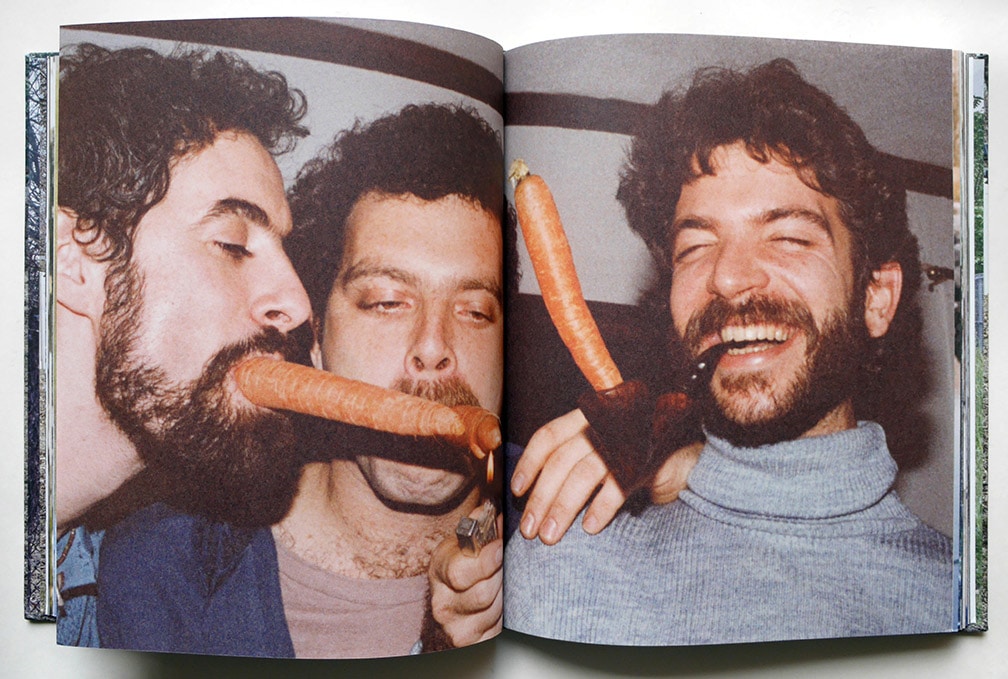
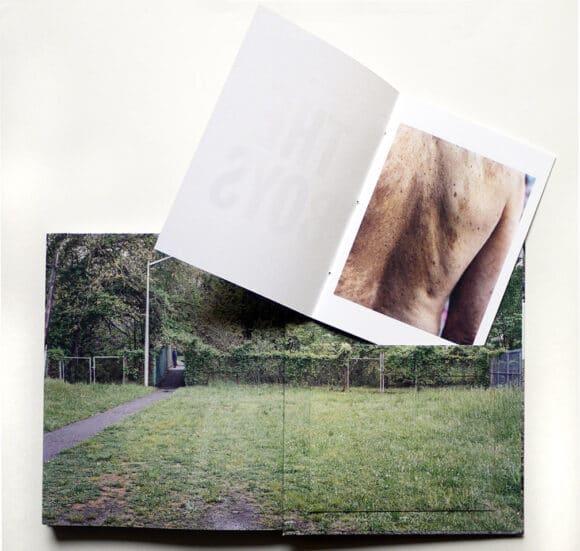
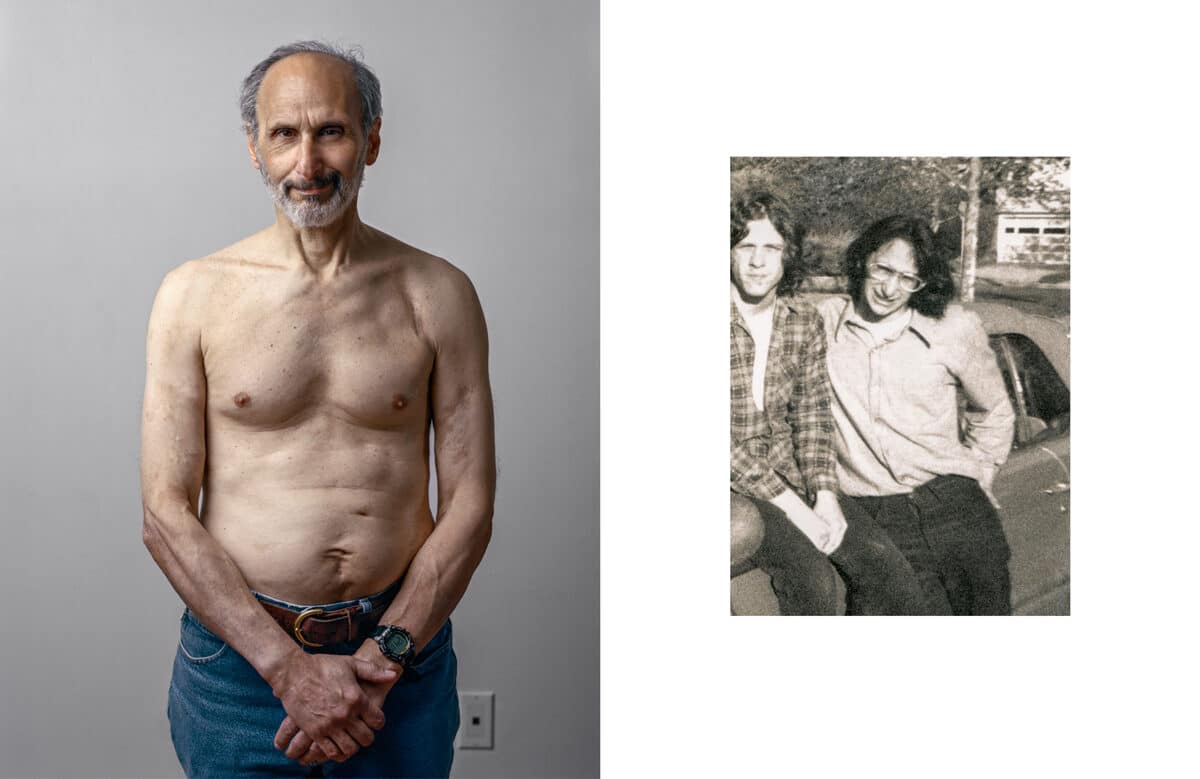
The Boys © Rick Schatzberg / PowerHouse Books
